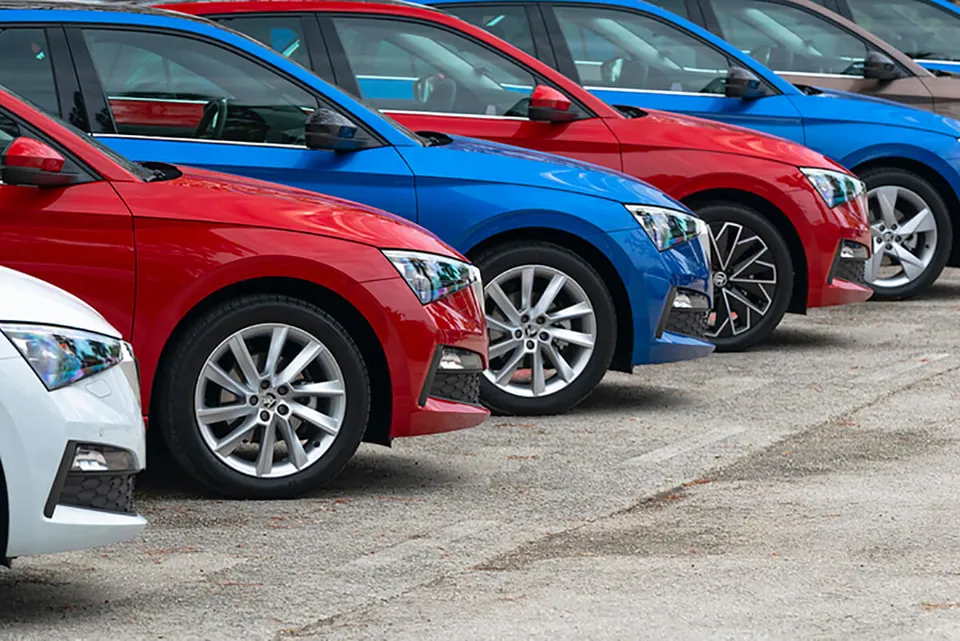Fleet electrification will become increasingly difficult next year, with the Association of Fleet Professionals (AFP) warning that new strategies will be needed to maintain momentum.
AFP chair, Paul Hollick, said that a number of factors were combining to potentially slow the rate at which electric vehicles (EVs) were being adopted by businesses.
“When it comes to electrification, so far fleets have largely been picking low hanging fruit in large quantities,” explained Hollick. “That means switching company car drivers with space for their own off-road chargers into EVs, with very low personal taxation as a considerable carrot.
“This has been hugely successful, and we expect that part of the market to continue to move forward as more models become available and electric fleet cars become the absolute norm.
“The issues lie elsewhere and the list is quite long.”
For example, there is still a general absence of pick-ups, 4x4s and other specialist vehicles in the EV sector, towing capacity is uncertain, insurance costs are rising very rapidly and are sometimes prohibitive, and there are still no easy charging solutions for people living in terraced houses or apartments, argues Hollick.
Creating a consistent used market for EVs was a further challenge and one where fleets needed to work in conjunction with the remarketing sector, he said.
“The drop in EV values seen in the last year has made dealers understandably wary while confidence among at least some consumers has been shaken by the Government’s 2035 move and a steady stream of EV-bashing stories in some sections of the media,” he added.
“Also, we’re in a situation where fleets arguably have too many of the ‘wrong’ EVs for the used market.”
For example, he says that there are an excessive amount of prestige saloons and SUVs around, and a shortage of “bread and butter family hatchbacks”.
“This has, to some extent, been a reflection of the kind of EVs available to buy so far, but it does lead to supply distortions,” he said.
Vans are proving particularly challenging, according to the AFP. “Some fleets in some applications are adopting electric vans without any problems but they are almost certainly in the minority,” continued Hollick.
“Ultimately, while things are improving, the range and payload of the available models just doesn’t meet the needs of most operators, while the charging infrastructure is not yet in a place to offset these disadvantages.
“The operational compromises required to overcome these issues are considerable, and some of our members have currently paused their commercial vehicle electrification as a result.”
Hollick concluded: “There is no doubt that this phase of electrification is tougher and there are no easy answers to any of the problems that are being encountered.
“However, we’re seeing many kinds of new best practice ideas being developed and shared across the AFP that are having an impact. It is one of those moments when being a member of the organisation brings maximum benefits.”





















Login to comment
Comments
No comments have been made yet.